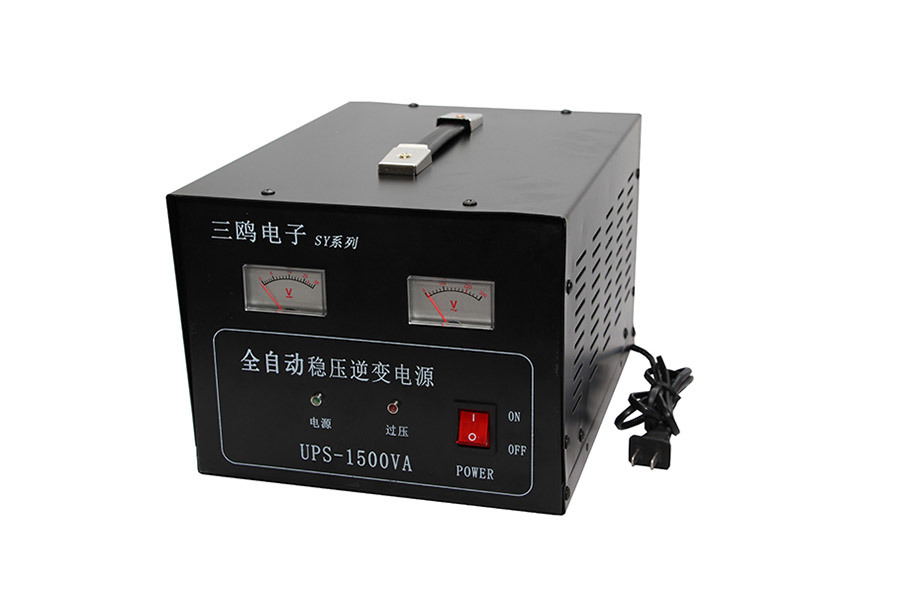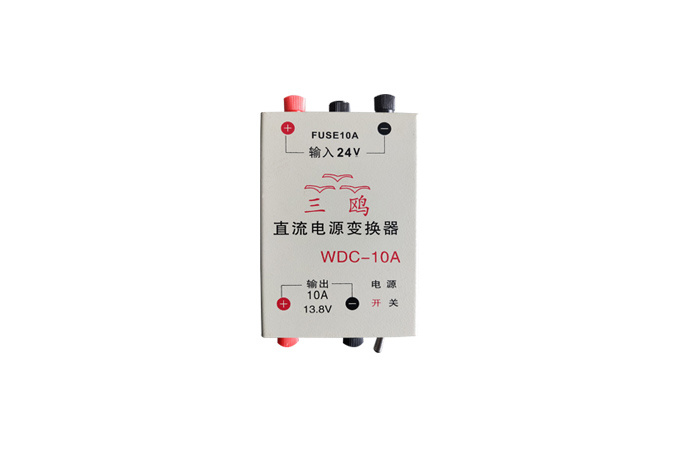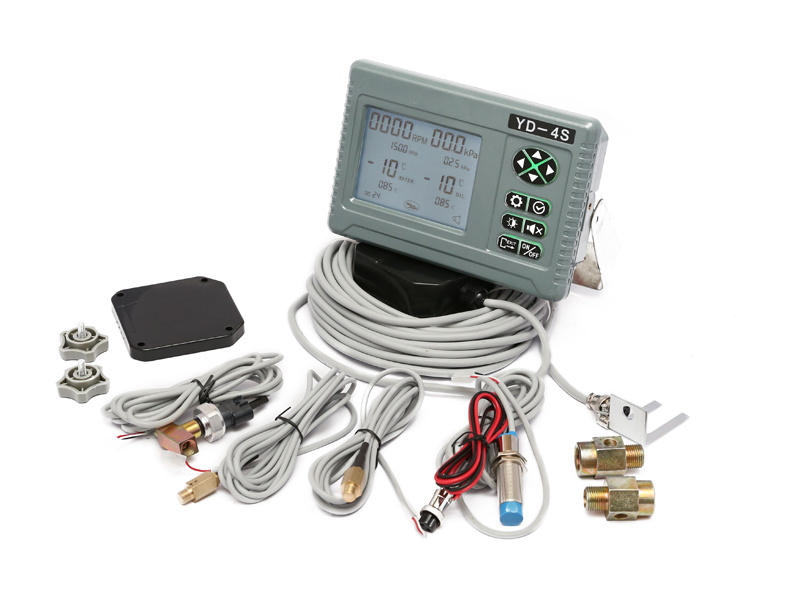News Center
Understanding the Square Dual Display Rudder Angle Meter: A Key Component in Maritime Navigation
At its core, the rudder angle meter measures the angle of the rudder relative to the centerline of the vessel. By displaying this information, it enables the crew to make informed decisions about steering and course corrections. The dual-display feature is particularly beneficial, as it allows operators to track the rudder's position from different vantage points on the bridge or control room. This visual feedback is vital during complex maneuvers, such as docking or navigating through narrow channels, where precise control is necessary.
Moreover, the Square Dual Display Rudder Angle Meter enhances communication and situational awareness among the crew. With two displays, different team members can access the same critical data simultaneously, reducing the likelihood of errors in judgment. This capability is increasingly important in the fast-paced and often crowded environment of maritime operations, where quick and accurate decisions can mean the difference between safety and disaster.
The installation of a rudder angle meter can also contribute to the overall efficiency of a vessel. By ensuring that the rudder is positioned optimally, it can help to minimize resistance and improve fuel efficiency. This aspect is particularly relevant in today’s maritime industry, where operational costs and environmental concerns are paramount. Using the rudder angle meter effectively can lead to smoother sailing and can reduce wear and tear on the vessel’s steering components.
Furthermore, modern advancements in technology have led to the development of digital rudder angle meters that offer enhanced features such as integration with other navigational systems and alarms for out-of-range readings. These smart systems can alert the crew when the rudder angle exceeds predefined limits, thus preventing possible mishaps.
In conclusion, the Square Dual Display Rudder Angle Meter is a fundamental tool in maritime navigation, providing vital information for safe and efficient vessel operation. Its dual-display functionality not only aids in precise steering but also facilitates better communication among crew members, ultimately contributing to improved safety and operational efficiency on the water. As technology continues to evolve, the importance of such instruments in maritime operations will only grow, underscoring the need for reliable and effective navigation tools.
Related News
Understanding the Functionality and Benefits of 1 in 4 Out Signal Distributors
In the realm of electronic components, particularly within the optoelectronic sector, signal distribution is a critical process that ensures efficient communication between devices. A 1 in 4 out signal distributor is a specialized device designed to take a single input signal and distribute it to four separate output channels. This functionality is essential for various applications, including tel
Maximize Your Signal Distribution with an Efficient 1 in 10 Out Distributor
Maximize Your Signal Distribution with an Efficient 1 in 10 Out Distributor Table of Contents Understanding Signal Distribution What is a 1 in 10 Out Distributor? Benefits of Using a 1 in 10 Out Distributor Applications of 1 in 10 Out Distributors Key Features to Consider Installing and Configuring Your Distributor Troubleshooting Common Issues Maintaining Your Signal Distributor
Understanding the Furuno 1831 Radar Plug: An Essential Component for Radar Level Measurement
The Furuno 1831 radar plug, particularly the 24-pin square connector, is integral to the operation of radar systems commonly utilized in level measurement applications. These systems are widely recognized for their accuracy and reliability in gauging material levels across various industries, including chemical processing, water treatment, and food and beverage manufacturing. One of the primary fu




